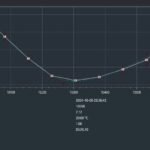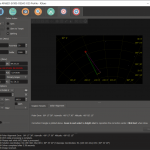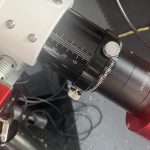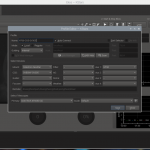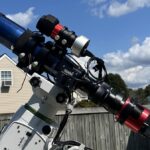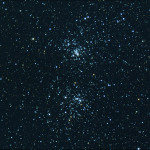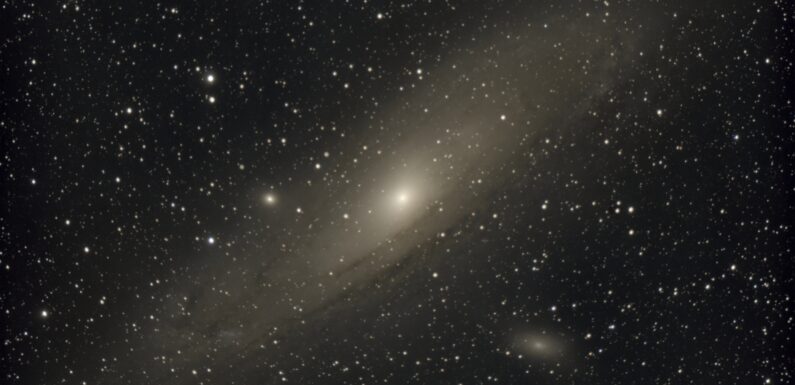
Forecast looked ok and it was dark and clear when I started the polar alignment routine. There was a little sliver of a waxing Crescent Moon setting in the West. I had a little trouble with the Autofocus routine in NINA. The there is a fair bit of backlash in the Gemini Autostar Focuser… it will be fine, I just need to get it dialed in so I can get consistent autofocus runs. I decided to stick to a fairly easy target for the AT66ED’s first real session since… well it has been a couple years. I slewed the telescope over to M 31, the Andromeda Galaxy.
Here is a screenshot of the first 180 second frame in NINA. Guiding was around 0.47 RMS, I think I saw the max at around 0.69 RMS (until the clouds moved in).
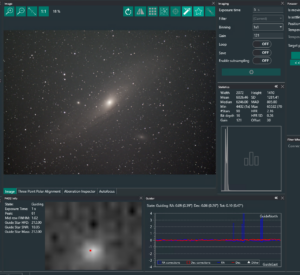
Gear was working great!
I had hoped to get a couple of hours on our galaxy neighbor, but just before 10 PM some clouds started to roll through. I ended up with 33 minutes (11 x 180 seconds) of usable data. Of course things cleared up a bit around midnight, but by then I was already observing the back of my eyelids.
| Primary (Imaging) | Secondary (Guiding) |
|---|---|
| Scope: Astro-Tech AT66ED (400mm – F/6) Reducer/Flattener: None Filter: None Camera: ZWO ASI294 MC Pro, Cooled to -10 C Focuser: Gemini Autostar Focuser Mount: Sky Watcher EQ6-R Pro |
Scope: SVBONY SV165 30mm F/4 Guide Scope Camera: Orion Star Shooter Autoguider (OSSAG) |
| Telescope Control, Image Acquisition, and Image Processing Software | |
|
Equipment Control and Imaging Software: NINA/PHD2/ASCOM on a Mini-PC Processing Software: GraXpert, Siril astronomical image processing tool, Siril’s Interactive Companion (Sirilic) |
|
M 31, the Andromeda Galaxy, is a massive barred spiral galaxy located in the constellation of Andromeda. The Andromeda Galaxy is located just 2.5 million light years from Earth. As far as distances to other galaxies goes this one is very close.
This is a stack of 11 x 180 second exposures (33 minutes total) at 121 gain, 30 offset, and bin 2×2. Stacked and calibrated (darks) with Sirilrc. Crop, background extraction and denoising using GraXpert’s AI. Then processed, remove green noise/color calibration/stretched/saturation/etc, in Siril.
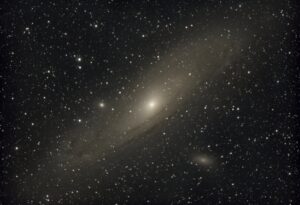
The Andromeda Galaxy fills up the FOV of the AT66ED, almost all of it is in the frame. Some details in the dust lanes are just starting to pop. There are two other galaxies sharing the FOV as well: M32 to the left and M110 in the lower right. This FOV is about double that of the SV503 102ED. It could definitely use a field flattener as there is some elongation of stars towards the corners, but not terrible overall.
Didn’t get the time I wanted on it, but not bad for the first night back out. Looks like we might have a couple clear nights in the near future, so hoping to get a bit more light from far away stuff. Need to get the adapters worked out so I can put the filter drawer in my image train, I have that new SVBONY SV240 Multi-Narrowband filter I want to try out.
Clear skies.

